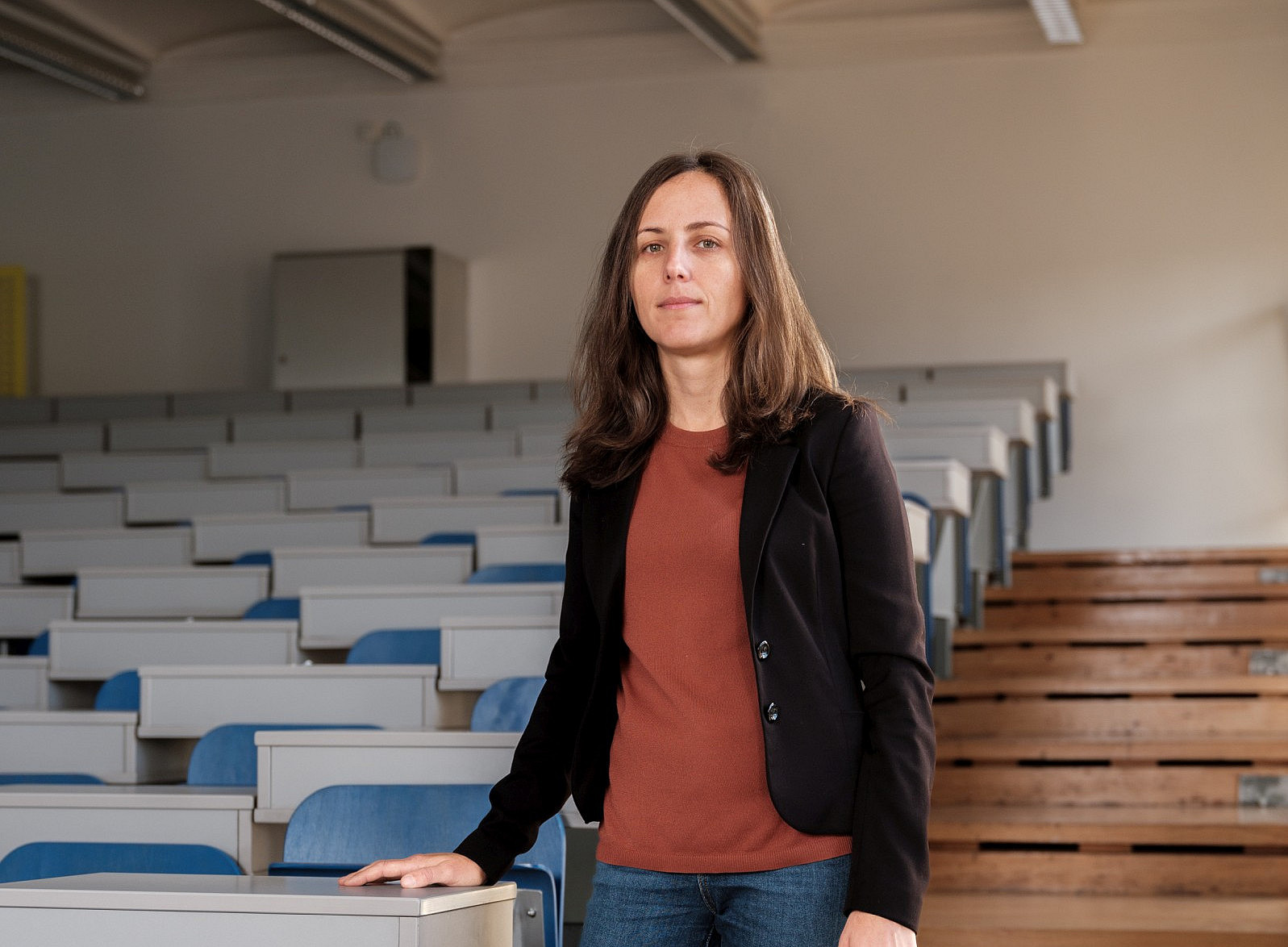Ever seen a hole in your own hand? It may sound crazy, but it’s the result of a little experiment that anyone can do themselves. You take a roll of paper, hold it in front of one eye and focus with both eyes on the palm of your hand. Suddenly you see a hole. The phenomenon behind it is called “binocular rivalry.”
“Our eyes always see two slightly different images, which the brain puts together like a puzzle to form a single 3D image,“ says Natalia Zaretskaya, head of the “Visual Neuroscience” research team at the University of Graz. The psychologist and her team are not only investigating how we see, but also where exactly in the brain consciousness – that is, the “I” – sits.
Different Pictures
“A hot candidate for this is the area in which the brain independently creates something new from two different inputs,” explains the researcher. To investigate this, her team uses binocular rivalry and 3D glasses, as seen in cinemas. Polarized lenses allow two images that are so different that the brain cannot combine them to be shown to the eyes – for example, left-tilted diagonal lines for one eye and right-tilted for the other.
“The test subjects experience an alternation between the images, a transition,” explains Cemre Yilmaz, doctoral student in the lab and the first author of this research. This effect has been known for a long time, but it has received little attention in research. “Only the duration of the transitions has been studied,” says Yilmaz. However, the researchers were looking for something different. “We asked our test subjects: How do you perceive these changes?“ The result surprised even the experienced neuroscientist: “We were able to identify 20 different ways in which people perceive these image changes.“ Sometimes the images overlap, sometimes parts suddenly appear and disappear again, or they transform from one side to the other in wave-like movements.
Individual Signatures
41 people took part in the experiments, which were repeated at intervals of several weeks. One thing was clear, explains the researcher: “Every person perceives transitions differently”. And the test subjects always experienced the same type of transitions, regardless of the test period. “So, there are personal signatures of perception,” concludes Zaretskaya. This discovery could be the key to understanding where our consciousness is located in the brain. “For the research world, this means that we need to put much more effort into the study of this phenomenon.”
In addition to our understanding of consciousness, the results also help us to better understand neurodiverse people – for example, those with ADHD or autism. “These individuals often take longer to perceive the image changes,” explains Zaretskaya. „Our research now provides a basis for further investigation. If certain transitions are more frequent in people with ADHD or autism, it may be possible to develop more accurate diagnostic methods. But we are only at the beginning of this journey,” explains Zaretskaya. Next, the researchers want to repeat the test while simultaneously measuring the brain waves using EEG. “We want to find out whether the different perceptions can also be seen there,” the neuroscientist concludes.
Publication
The complexity of human subjective experience during binocular rivalry; ;; Neuroscience of Consciousness, Volume 2025, Issue 1, 2025, niaf004, https://doi.org/10.1093/nc/niaf004
